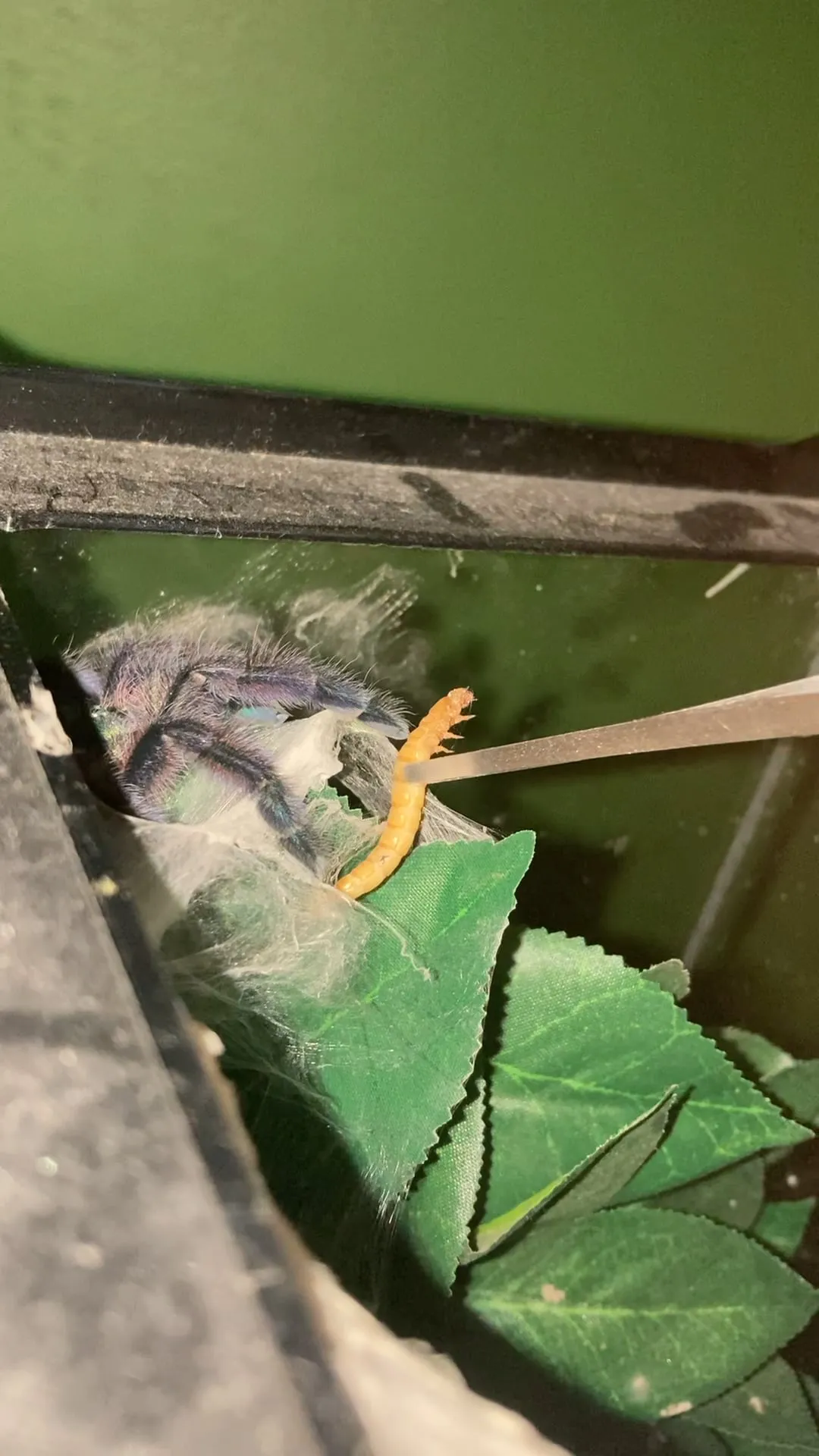The vibrant Versicolor Tarantula, also known as the Antilles Pinktoe Tarantula, is a captivating pet, beloved for its stunning colors and relatively docile nature. Providing the right enclosure is paramount to your tarantula’s health, happiness, and longevity. A well-designed habitat mimics its natural environment, ensuring it thrives. This guide provides you with the top 5 essential tips for creating an ideal Versicolor Tarantula enclosure, covering substrate selection, ventilation, climbing structures, temperature and humidity control, and feeding strategies. By following these guidelines, you’ll create a thriving environment for your arboreal friend. Let’s delve into the specifics to make sure your tarantula lives a long and fulfilling life.
Tip 1 Substrate Selection for Versicolor Tarantula
Choosing the right substrate is crucial for maintaining a healthy Versicolor Tarantula enclosure. The substrate serves multiple purposes, including absorbing waste, maintaining humidity, and providing a natural environment for your tarantula. A good substrate will also allow your tarantula to burrow if it desires, although Versicolors are arboreal and tend to prefer climbing. The wrong substrate can lead to health issues such as mold growth, and it may not retain humidity, leading to potential problems. The substrate needs to be nontoxic for the tarantula, and it needs to be changed regularly to maintain a healthy and clean environment.
Choosing the Right Substrate
For Versicolor Tarantulas, a substrate that retains moisture but doesn’t become waterlogged is ideal. A blend of materials often works best. Popular choices include a mix of coco fiber, sphagnum moss, and a small amount of vermiculite. Coco fiber is excellent at retaining moisture, while sphagnum moss adds humidity and vermiculite improves drainage and aeration. Avoid using substrates like sand or gravel, as they don’t retain humidity well and can be difficult for the tarantula to navigate. The key is finding a balance that supports the tarantula’s needs and is easy to maintain.
Substrate Depth and Drainage
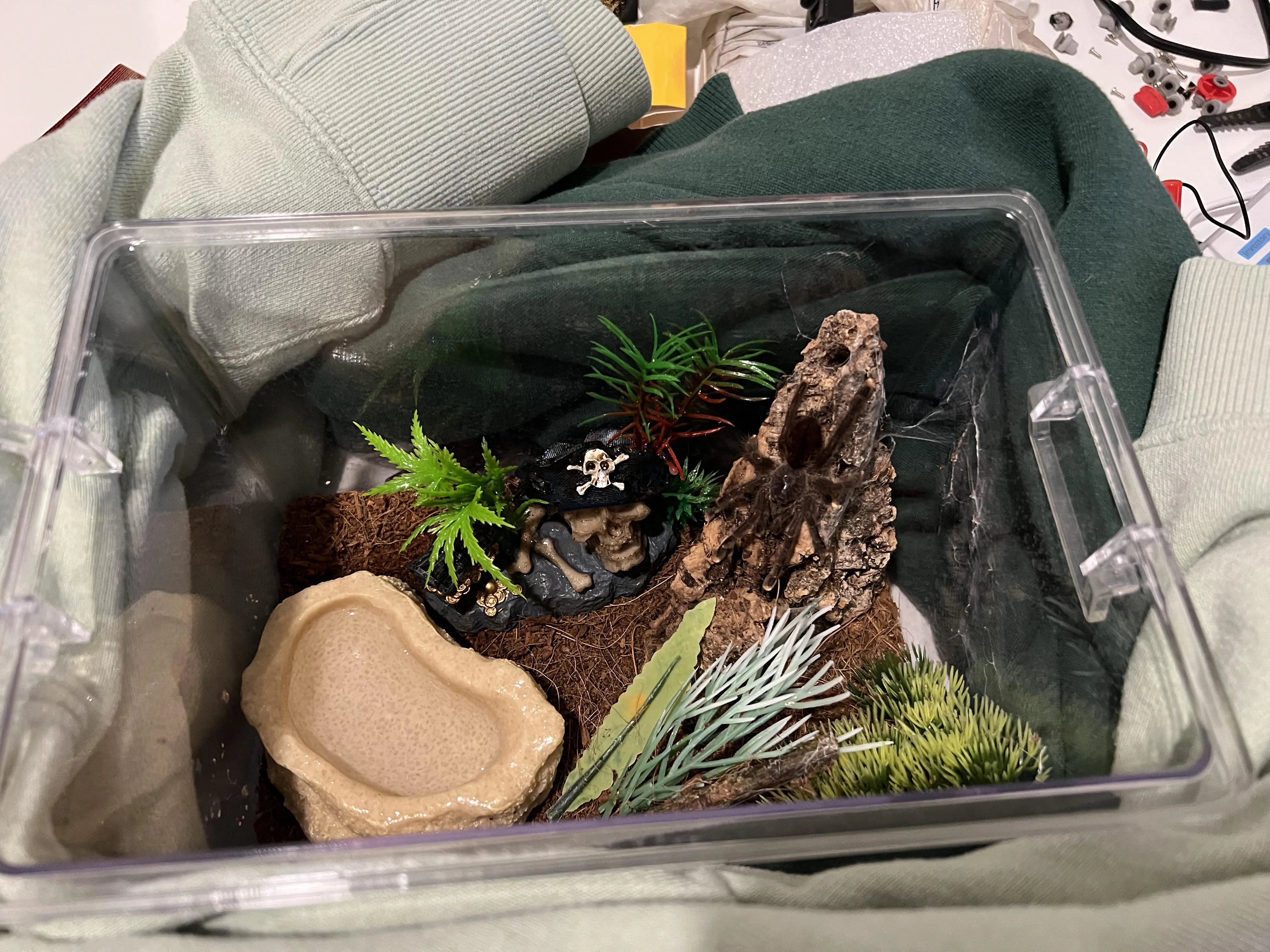
While Versicolors are not burrowers, substrate depth is still important for humidity control. A depth of 2-3 inches is generally sufficient. It’s also vital to consider drainage. Although these tarantulas don’t require a large amount of humidity, their environment needs to have it. Proper drainage prevents mold and mildew growth. You can achieve good drainage by layering the substrate. Consider adding a layer of small gravel or aquarium rocks at the bottom of the enclosure before adding the substrate mix. This helps with excess water drainage and prevents the substrate from becoming overly saturated. Regular spot cleaning is also essential to remove any waste or uneaten food.
Tip 2: Ventilation is Key for Versicolor Tarantula Enclosure
Proper ventilation is absolutely critical for the health and well-being of your Versicolor Tarantula. Good airflow prevents the buildup of stagnant, humid air, which can lead to mold, fungal growth, and respiratory issues for your pet. While humidity is necessary, excessive humidity without proper ventilation can be detrimental. Ventilation works with humidity to create the proper living environment.
Importance of Proper Airflow
Stagnant air is a breeding ground for harmful bacteria and fungi. A lack of ventilation can also increase the risk of mites and other parasites. Adequate airflow helps to regulate humidity levels, preventing them from becoming too high. This reduces the risk of your tarantula developing health problems. The tarantula needs to breathe clean air, just like any other animal. Without it, you may see issues with molting and the animal’s overall health.
Ventilation Methods and Placement
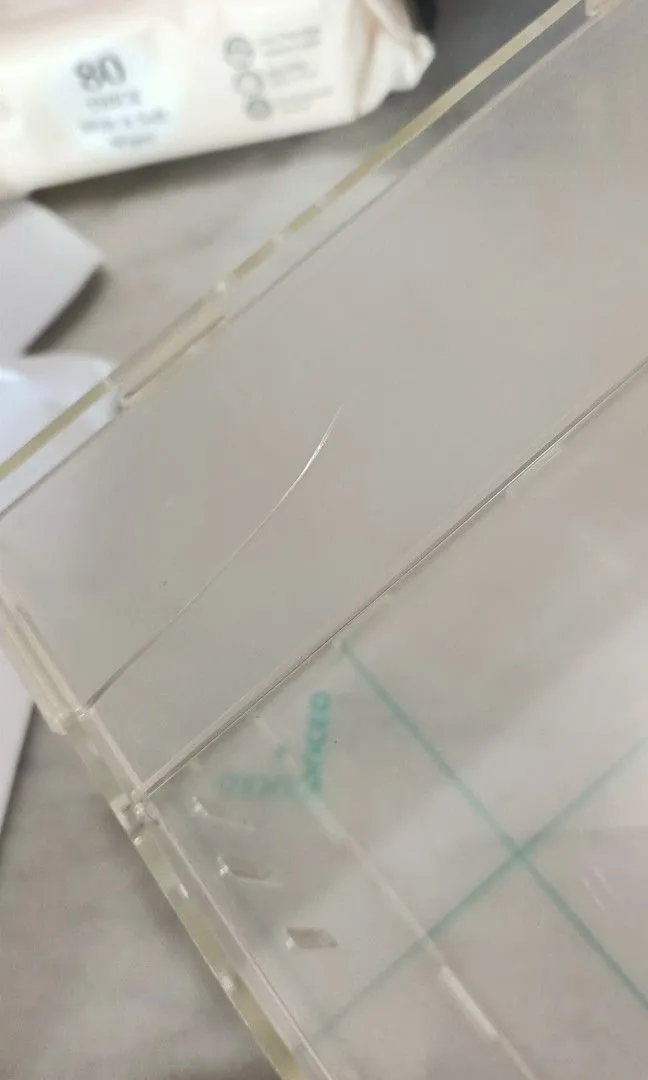
The most effective ventilation system includes cross-ventilation. This means that air can enter from one side of the enclosure and exit from the other. Enclosures specifically designed for arboreal tarantulas often have ventilation holes near the top and the sides. The holes near the top allow for the removal of stale air and excess humidity. Make sure the ventilation holes are small enough to prevent your tarantula from escaping. Avoid placing the enclosure in a location with drafts, which can quickly dry out the enclosure. Observe your tarantula’s behavior for signs of inadequate ventilation, such as lethargy or a lack of appetite.
Tip 3: Provide Climbing Structures for Versicolor Tarantula
Versicolor Tarantulas are arboreal, meaning they are adapted to living in trees. Providing ample climbing structures is essential for their physical and psychological well-being. Climbing structures provide enrichment and allow the tarantula to feel secure in its environment. A well-designed enclosure with appropriate climbing options mimics their natural habitat and encourages natural behaviors. When the tarantula feels comfortable, it will be more active, making for a more interesting pet.
Choosing Climbing Materials
Select climbing materials that are safe, non-toxic, and provide plenty of opportunities for climbing and hiding. Cork bark is an excellent choice, as it provides a natural look and texture. Secure pieces of cork bark vertically in the enclosure, creating multiple climbing levels. Driftwood and artificial plants can also be used to add visual interest and provide climbing options. Ensure that any materials you use are clean and free from pesticides or other harmful chemicals. Avoid sharp objects that could injure your tarantula during molting. The climbing materials are important for both aesthetics and for providing the tarantula with what it needs.
Arranging the Climbing Structures
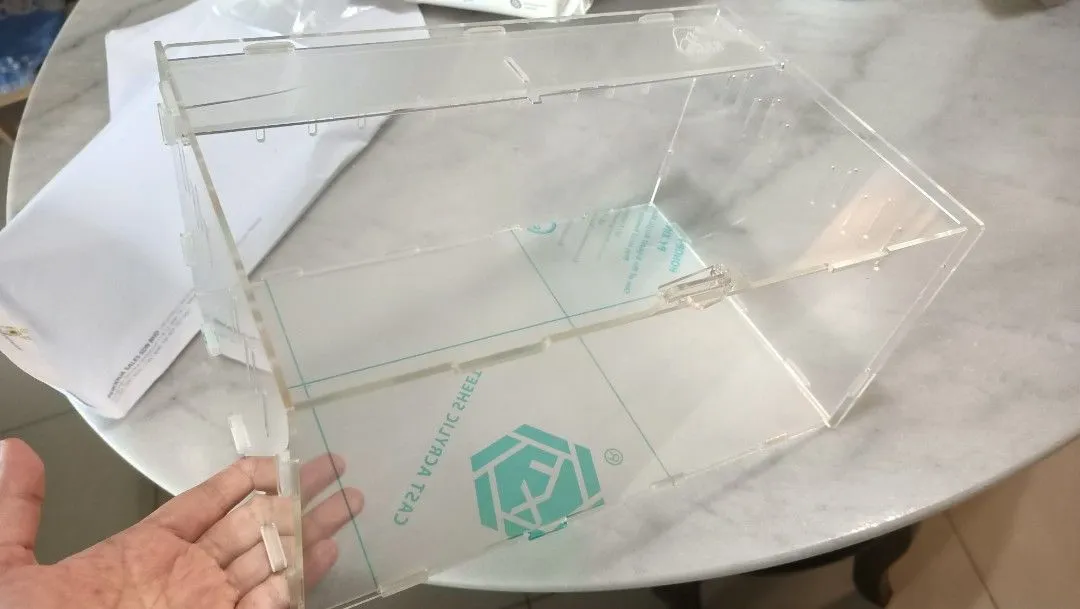
When arranging the climbing structures, consider the tarantula’s size and activity level. The goal is to create a vertical environment that allows the tarantula to climb, explore, and feel secure. Position the structures to provide both open areas and hiding spots. A well-placed cork bark hide can offer a secure retreat, while branches and driftwood can create climbing pathways. Avoid overcrowding the enclosure, as this can limit the tarantula’s movement and reduce the amount of ventilation. Observe your tarantula’s behavior to ensure it has adequate space and climbing opportunities. The habitat needs to have plenty of space for your tarantula to move around.
Tip 4: Temperature and Humidity Control
Maintaining the correct temperature and humidity levels is critical for your Versicolor Tarantula’s health and well-being. These conditions influence the tarantula’s metabolism, molting, and overall activity. Improper temperature or humidity can lead to serious health problems. A proper environment is essential to ensure your tarantula can molt properly and remain healthy.
Optimal Temperature Range
The ideal temperature range for Versicolor Tarantulas is between 75-85°F (24-29°C). A reliable thermometer is essential for monitoring the temperature inside the enclosure. Avoid placing the enclosure in direct sunlight or near heat sources, as this can cause overheating. If your home temperature is too low, you may need to use a low-wattage heat source, such as a heat mat or a ceramic heat emitter. Place the heat source on the side of the enclosure, not under it, to prevent the tarantula from burning itself. Make sure the heat source is regulated with a thermostat to prevent overheating.
Maintaining Humidity Levels
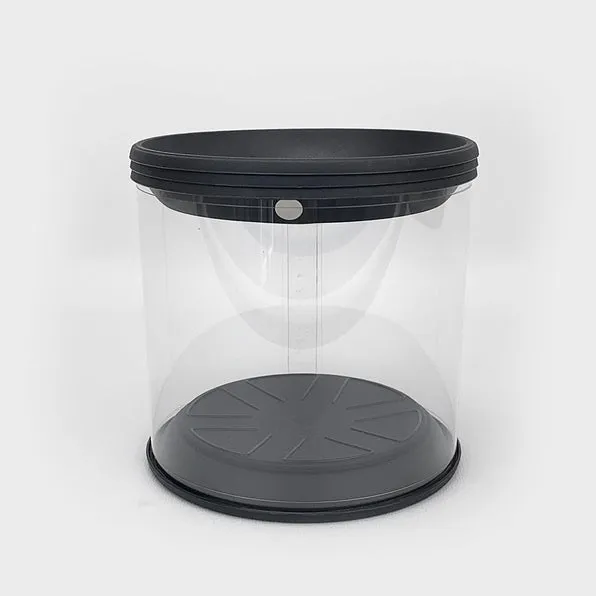
Versicolor Tarantulas require a humidity level of 65-75%. Humidity is best maintained by misting the enclosure with a spray bottle filled with dechlorinated water every 1-2 days, or as needed. It’s essential to monitor the humidity levels with a hygrometer. Too much humidity can lead to mold and fungal growth, while too little can cause molting problems. The substrate also plays a role in maintaining humidity, so make sure the substrate is damp, but not waterlogged. Ensure proper ventilation to prevent the humidity from becoming excessive.
Tip 5: Feeding and Water Dish Placement
Proper feeding and water dish placement are essential for the health and well-being of your Versicolor Tarantula. These factors ensure the tarantula has access to food and water, and it also helps to keep the enclosure clean. Proper setup contributes to the tarantula’s overall health, and makes keeping the animal easier.
Water Dish Options and Placement
Provide your Versicolor Tarantula with a shallow water dish filled with fresh, clean water. The water dish should be small enough to prevent the tarantula from drowning. A bottle cap or a small, shallow dish designed for reptiles or insects works well. Place the water dish in a stable location, away from direct heat sources. Regularly clean the water dish to prevent the growth of bacteria and algae. Change the water at least once a week, or more often if it becomes dirty.
Feeding Strategies and Frequency
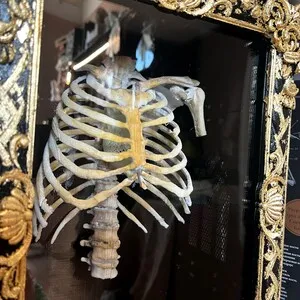
Versicolor Tarantulas are typically fed live insects, such as crickets, roaches, or mealworms. The frequency of feeding depends on the tarantula’s size and age. Spiderlings should be fed every other day, while adults can be fed once or twice a week. Offer the tarantula appropriately sized prey. The prey should be no larger than the tarantula’s body. Remove any uneaten prey within 24 hours to prevent them from stressing the tarantula or causing harm. Feeding your tarantula is a fun aspect of keeping it as a pet, and you’ll learn what your animal prefers as you become more familiar with its habits.
In conclusion, creating the perfect Versicolor Tarantula enclosure is essential to providing a healthy and enriching environment for your pet. By focusing on substrate selection, ventilation, climbing structures, temperature and humidity control, and feeding strategies, you can ensure that your Versicolor Tarantula thrives. Remember to continually monitor your tarantula’s behavior and enclosure conditions, making adjustments as needed. With these tips, you’ll be well on your way to providing a happy and healthy home for your stunning Versicolor Tarantula. Enjoy the fascinating world of tarantula keeping!
